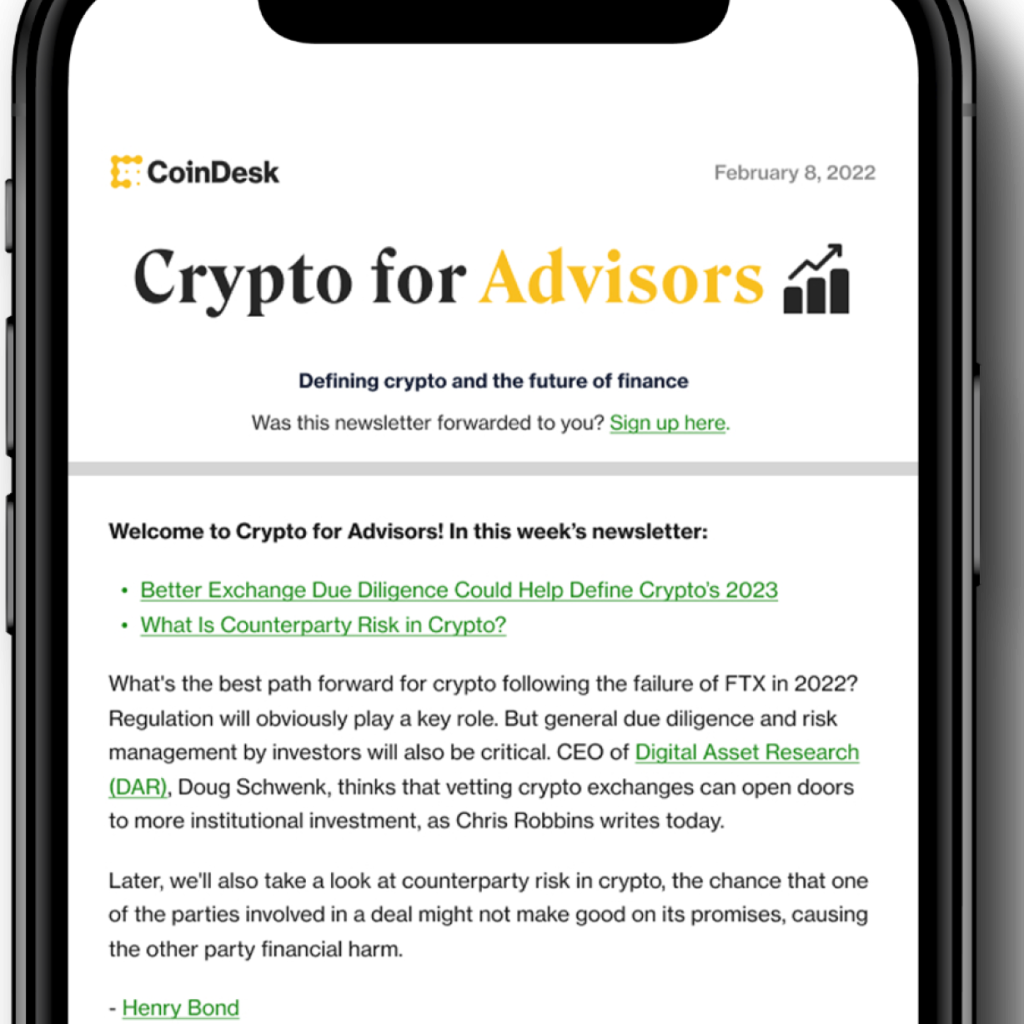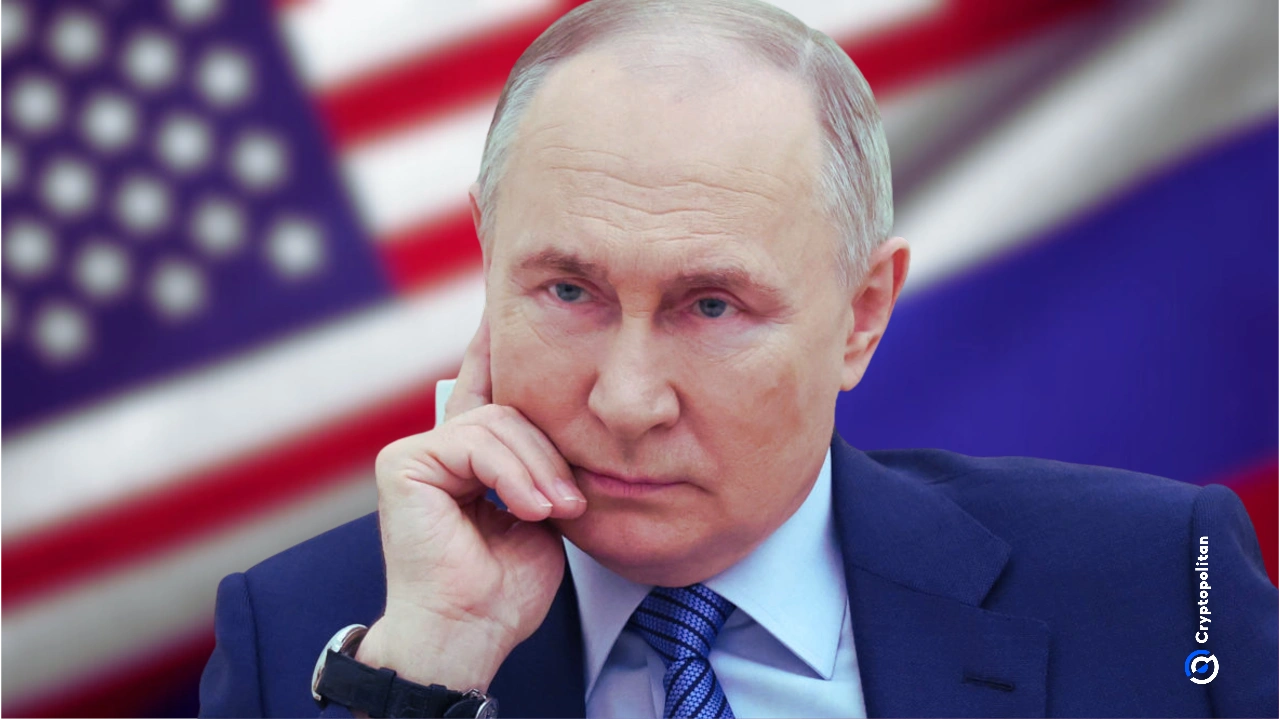The United States central banking system, the Federal Reserve, is less likely to cut rates this month during its regularly scheduled two-day meeting following stubbornly rising inflation.
It is starting to look unlikely that the Federal Reserve Bank will cut rates this month following stubbornly high inflation rates of 2.7% recorded in the U.S. in December.
During the last few FOMC meetings, the Federal Reserve cut interest rates by 50 bps in September, 25 bps in November, and another 25 bps in December, as analysts and observers had anticipated.
Federal Reserve unlikely to cut interest rates this month
There is now less than a 5% chance that the Federal Reserve will cut interest rates this month 🚨 pic.twitter.com/EcDkOU6wwJ
— Barchart (@Barchart) January 8, 2025
According to data from Barchart, a financial markets trading and investing tool provider, there is a 95% chance that the Fed will not proceed with its successive rate cuts this month and maintain the current range. The charting platform also suggests that there is a 5% chance that the Fed will cut interest rates.
The Federal Reserve chair Jerome Powell hinted at pumping the brakes on potential interest rate cuts this year after announcing a 25 bps cut to the Federal funds rate in December 2024.
The cut marked the third consecutive rate cut, bringing rates to the 4.25%—4.5% range. During the last Federal Open Market Committee (FOMC) meeting, Federal Chair Jerome Powell announced the 25 bps rate cuts but advised that the committee would be cautious about further rate cuts.
Powell said reduced rates pave the way for further progress in lowering high inflation levels. The remarks highlight an emerging trend among policymakers who are prospecting economic changes once Trump assumes office as the next U.S. president.
The Fed chair explained during the press conference that the rates had been brought to a good place. He emphasized that the U.S. had entered a new phase, prompting attention to further rate cuts.
“I think we’re in a good place, but I think from here it’s a new phase, and we’re going to be cautious about further cuts.”
During the conference, the Fed chair acknowledged that U.S. inflation has significantly improved since 2022. The Fed’s chosen inflation indicator, the Core Personal Consumption Expenditures Price Index, declined from a high of nearly 5.5% year-over-year in 2022 to 2.8% in October due to aggressive policy tightening in the form of rate hikes between early 2022 and mid-2023.
However, Powell claimed inflation had been stuck in a sideways movement in recent months as shelter cost improvements lagged slowly behind the Fed’s expectation. Powell highlighted that inflation was higher than the forecast in 2024 and that the U.S. economy was closer to a neutral rate, giving more reasons to be cautious about further moves.
Powell cautions on uncertainty following Trump’s incoming tariff policies
The Federal Reserve chair, Jerome Powell, also explained that policymakers and Fed staff members remain confident that price pressures will continue to ease and that the current policies will sustain a declining inflation trend, bringing inflation numbers closer to their desired target.
However, the Federal Reserve chair cautioned against the potential uncertainty surrounding Trump’s promises of higher tariffs, tax cuts, and tougher immigration policies. According to Powell, analysts predict that Trump’s promised policies could increase inflation pressures, prompting the Fed to adjust interest rates accordingly. He also explained that the committee was looking into how tariffs can affect inflation.
“We don’t know whether there will be retaliatory tariffs,” Powell said. “What the committee is doing now is discussing pathways and understanding how tariffs can affect inflation.”
Despite the expected pause in rate cuts, U.S. central bankers issued fresh projections calling for two quarter-point interest-rate cuts in 2025 while responding to rising inflation.
Official forecasts anticipate that the core PCE (personal consumption expenditures price index eliminating food and energy expenses) will stagnate at 2.5% through 2025. The stagnation is an improvement over the 2.8% rate from 2024 but still far higher than the Fed’s 2% target.
A Step-By-Step System To Launching Your Web3 Career and Landing High-Paying Crypto Jobs in 90 Days.





